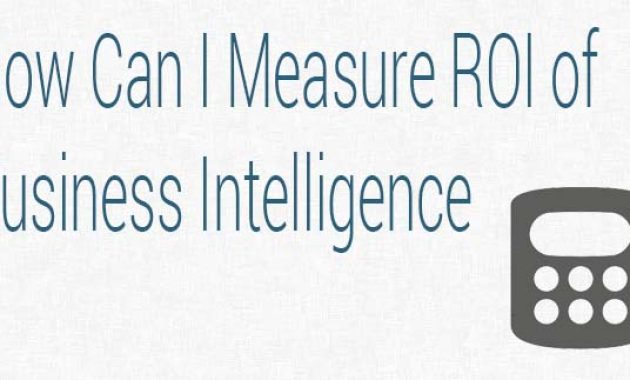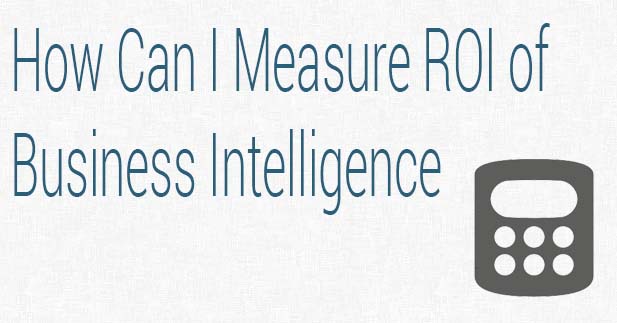
Beginner’s Guide to 21 Business Intelligence Tools to Maximize ROI
In today’s data-driven world, businesses are swimming in information. But raw data is useless without the right tools to make sense of it. That’s where Business Intelligence (BI) tools come in. They transform data into actionable insights. This guide serves as a beginner’s roadmap. It explores 21 BI tools. The goal? To help you maximize your Return on Investment (ROI). We’ll cover a range of tools. These tools are suitable for various needs and budgets. This guide helps you make informed decisions. These decisions will improve your business performance.
This article focuses on BI tools. These tools can help you gain a competitive edge. We’ll explore tools suitable for different business sizes. We’ll also consider different technical skill levels. The ultimate aim is to empower you. You will be able to choose the right tools. These tools will drive better business outcomes.
Understanding Business Intelligence
Before diving into the tools, let’s clarify what Business Intelligence is. BI involves the processes and technologies. These processes transform raw data into meaningful information. This information supports better strategic and tactical business decisions. BI encompasses data collection, data warehousing, data analysis, and data visualization. Effective BI enables businesses to:
- Identify trends and patterns.
- Improve operational efficiency.
- Make data-driven decisions.
- Gain a competitive advantage.
- Optimize resource allocation.
Successful BI implementation requires the right tools. It also requires a clear understanding of business needs. Selecting the right BI tool is crucial. The correct choice ensures effective data analysis. It also improves decision-making processes. This ultimately leads to a higher ROI.
Key Features to Look for in a BI Tool
Choosing the right BI tool can be challenging. Consider these key features. These features will help you make an informed decision:
- Data Integration: The ability to connect to various data sources. This includes databases, spreadsheets, and cloud services.
- Data Visualization: Powerful visualization capabilities. These capabilities help in creating charts and dashboards. These visuals make data easier to understand.
- Reporting: Automated report generation. This feature allows for regular insights.
- Data Analysis: Tools for data mining, statistical analysis, and predictive analytics.
- User-Friendly Interface: An intuitive interface. This interface makes the tool easy to use.
- Scalability: The ability to handle increasing data volumes and user needs.
- Security: Robust security features. These features protect sensitive data.
- Collaboration: Features that allow users to share insights and collaborate.
Consider these features. They will help you choose the right tool. The right tool aligns with your business needs. It also considers your technical capabilities.
Top Business Intelligence Tools for Beginners
Here are 21 BI tools. These tools are suitable for beginners. These tools cover a wide range of needs and budgets. This list can guide you in your selection process. Consider the specific features. Consider the pricing. Consider the user-friendliness of each tool.
Data Visualization and Reporting Tools
- Tableau: A leading data visualization tool. It’s known for its intuitive interface. It also has powerful analytical capabilities. Tableau is suitable for businesses of all sizes.
- Microsoft Power BI: A comprehensive BI tool. It is integrated with the Microsoft ecosystem. Power BI offers strong data visualization. It also offers data analysis capabilities. It is suitable for both small and large businesses.
- Google Data Studio: A free, web-based tool. It is ideal for creating interactive dashboards. It integrates well with Google services.
- Qlik Sense: A self-service BI platform. It offers data visualization and data discovery. Qlik Sense is known for its associative engine.
- Zoho Analytics: A cloud-based BI and analytics platform. It offers extensive data integration capabilities. Zoho Analytics suits small and medium-sized businesses.
- Klipfolio: A dashboard software. It is designed for real-time data visualization. Klipfolio is suitable for businesses needing up-to-the-minute insights.
- Looker: A modern BI platform. It offers data exploration. It offers data governance. Looker focuses on data-driven decision-making.
Data Analysis and Data Mining Tools
- RapidMiner: A leading data science platform. It offers a user-friendly interface. RapidMiner is suitable for predictive analytics and machine learning.
- KNIME: An open-source data analytics platform. It is used for data integration, transformation, and analysis. KNIME is flexible and highly customizable.
- Alteryx: A self-service data analytics platform. It combines data preparation, blending, and advanced analytics. Alteryx is powerful and efficient.
- SAS Business Intelligence: A comprehensive suite of BI tools. It offers advanced analytics and reporting capabilities. SAS is suitable for large enterprises.
Data Warehousing and Data Integration Tools
- Amazon Redshift: A fast, fully managed data warehouse service. It is suitable for large datasets.
- Google BigQuery: A serverless data warehouse. It is designed for large-scale data analysis.
- Snowflake: A cloud-based data warehouse. It is known for its scalability and performance. Snowflake is easy to use.
- Informatica: A data integration and management platform. It offers robust data warehousing capabilities.
- Talend: An open-source data integration platform. It simplifies data integration and data quality.
Specialized Business Intelligence Tools
- Sisense: An end-to-end BI platform. It offers data preparation and data visualization. Sisense is focused on embedded analytics.
- Domo: A cloud-based BI platform. It connects to various data sources. Domo provides real-time dashboards.
- Board: A decision-making platform. It combines BI, CPM, and analytics. Board helps with strategic planning.
- ThoughtSpot: An AI-powered analytics platform. It uses natural language search. ThoughtSpot simplifies data exploration.
- MicroStrategy: An enterprise BI platform. It offers comprehensive analytics and mobile BI.
Implementing BI Tools to Maximize ROI
Choosing the right BI tool is the first step. Effective implementation is also essential. Here’s how to maximize your ROI:
- Define Your Goals: Identify your business objectives. Determine what you want to achieve with BI.
- Assess Your Data: Understand your data sources. Evaluate data quality and accessibility.
- Choose the Right Tool: Select a BI tool that aligns with your needs. Consider features, scalability, and cost.
- Implement a Pilot Project: Start with a small-scale project. Test the tool and refine your approach.
- Train Your Team: Provide training to your team. Make sure they understand how to use the tool.
- Monitor and Evaluate: Track key metrics. Measure the impact of the BI tool on your business.
- Iterate and Improve: Continuously refine your BI strategy. Adapt to changing business needs.
By following these steps, you can ensure successful BI implementation. Successful implementation will maximize your ROI.
The Future of Business Intelligence
The field of Business Intelligence is constantly evolving. Key trends to watch include:
- Artificial Intelligence (AI) and Machine Learning (ML): AI and ML are transforming BI. These technologies automate data analysis. They also provide predictive insights.
- Cloud-Based BI: Cloud-based BI solutions are becoming more popular. These solutions offer scalability and flexibility.
- Data Democratization: The trend of making data accessible to everyone. Everyone can make data-driven decisions.
- Embedded Analytics: Integrating analytics directly into applications and workflows.
- Self-Service BI: Tools that empower business users. They can analyze data without IT support.
Staying informed about these trends is crucial. These trends will help you leverage the full potential of BI. You can drive business success.
Conclusion: Investing in the Right Tools
Choosing the right BI tool is an investment. This investment can significantly improve your business. The tools mentioned in this guide provide a starting point. They are suitable for businesses of all sizes and skill levels. Remember to consider your specific needs. Consider your budget. Consider your technical capabilities. Then, select the tools that best align with your goals. This will help you maximize your ROI. Embrace the power of data. Make informed decisions. Drive your business towards success. [See also: Benefits of Data-Driven Decision Making]
By understanding the key features. By choosing the right tools. By implementing BI effectively, you can unlock valuable insights. These insights will drive your business forward. You can gain a competitive advantage in today’s data-driven landscape. This Beginner’s Guide to 21 Business Intelligence Tools provides a solid foundation. It helps you maximize your ROI. It empowers you to make data-driven decisions. These decisions will lead to business success.
Remember that the best BI tool is the one that best fits your specific needs. Evaluate your requirements carefully. Research the available options. Consider the long-term implications. Then, make an informed decision. Your investment in the right BI tools will pay off. It will help you thrive in the competitive business world. This guide is designed to help you navigate this complex landscape. It provides a clear overview. It also offers practical advice. This advice will help you achieve your business goals. Leverage the power of Business Intelligence. Transform your data into actionable insights. Maximize your ROI. Drive sustainable growth. This is the ultimate goal for any business. The right BI tools are essential to achieving this goal.

